What is Syndrome Evaluation System?

A patented technology that comprises of rapid multiplex amplification and accurate identification of the virulence associated genes of the causative agents or organisms. This amazingly fast and accurate platform transcends all conventional diagnostic tests and helpful when organisms are difficult to cultivate or difficult to find. The technologies currently available for diagnosis of infections are grossly inadequate to detect early during the illness and to institute specific therapy in critical illnesses, resulting in loss of function or even loss of life. The amplification of the gene allows for higher sensitivity of the test and the re-naturation of the amplified signature gene to its chemically identified complementary gene sequence on the SES allows for higher specificity of the test. And the simultaneous detection of multiple pathogens allows for early diagnosis of the infection and initiation of therapy

Prevalence

- According to WHO, 1 in 10 patients get infection while receiving care globally
- The burden of HAI (healthcare associated infection) is several folds higher in low- and middle-income countries than in high-income ones
- Globally, more than 50% of surgical site infections can be antibiotic resistant. In low-and middle-income countries, 11% of patients who undergo surgery are infected in the process
- Eye infections occur when harmful microorganisms — bacteria, fungi and viruses — invade any part of the eyeball or surrounding area. This includes the clear front surface of the eye (cornea) and the thin, moist membrane lining the eye ball and inner surface of eyelids (conjunctiva)
Common Disorders
Endophthalmitis
- Endophthalmitis is an inflammatory condition of the intraocular cavities (i.e., the aqueous and/or vitreous humor), usually caused by infection. Postoperative endophthalmitis following cataract surgery is a dreaded complication. Fortunately, the incidence has declined in recent times after changes in surgical techniques, sterilization procedures, and better understanding of the risk factors. The global reported incidence of post cataract endophthalmitis ranges from 0.02% to 0.26%
Uveitis
- Uveitis refers generally to a range of conditions that cause inflammation of the middle layer of the eye, the uvea, and surrounding tissues due to a viral or a bacterial infection. The average annual incidence of uveitis has been reported to be around 14-17 per 100,000. The total population prevalence of uveitis varies geographically and has been roughly estimated to be around 38 per 100,000 in France, 200 per 100,000 in the US, and 730 per 100,000 in India



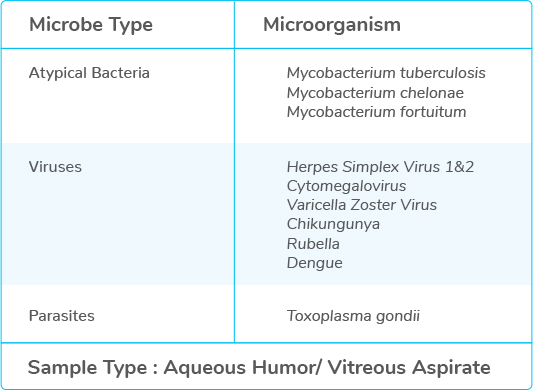
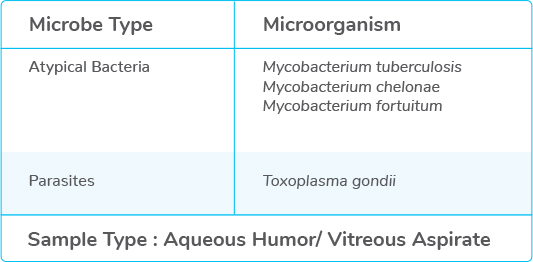
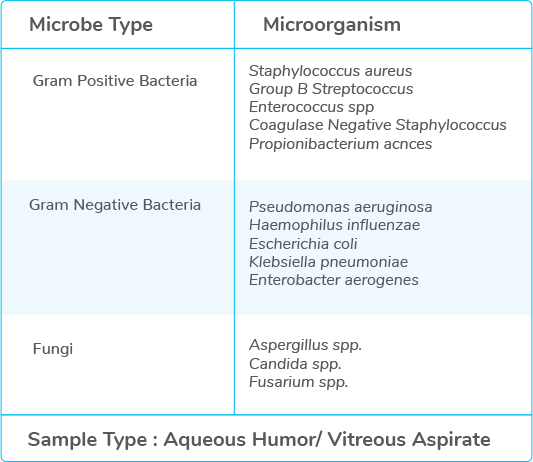

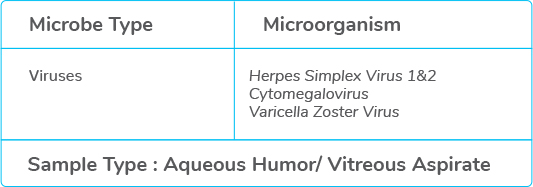

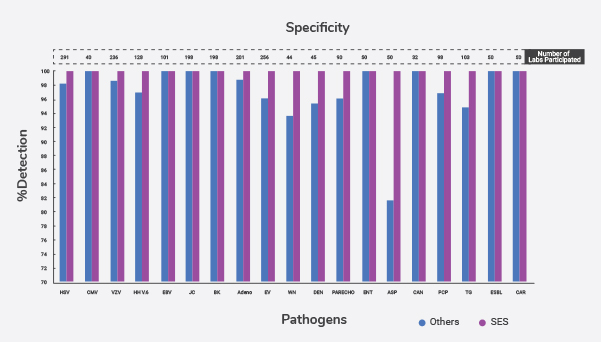
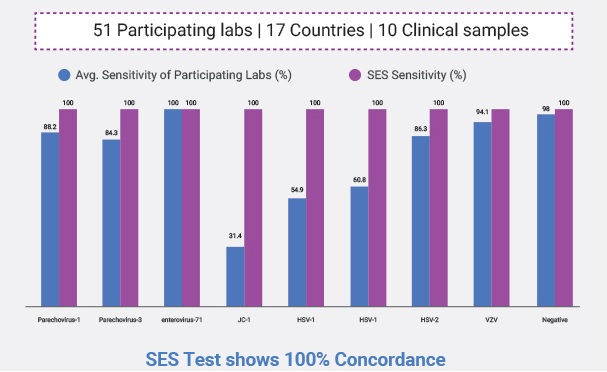

 Enquire
Now
Enquire
Now